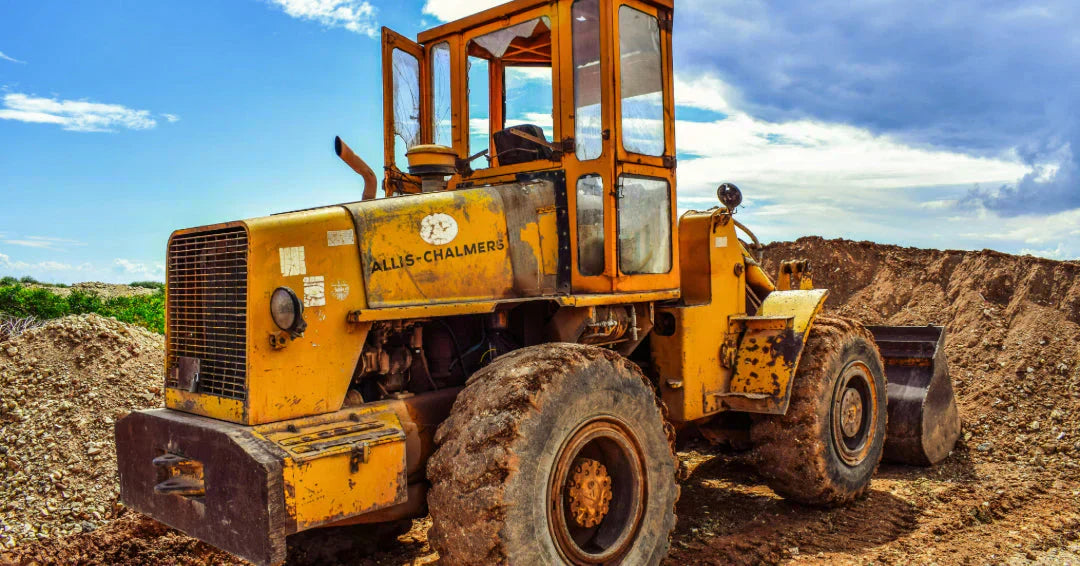Kids who love bulldozers will enjoy reading and learning everything they can about these important machines. These impressive pieces of equipment draw the attention of little one mesmerized by the sheer size and magnitude of material they can clear in a short period of time. Imaginations run wild in kids who dream about sitting high in the glass enclosed control area where they can manipulate the digger on the ground. Here are some interesting facts about bulldozers that will answer all kinds of questions about how these machines work and the kinds of jobs they do.

Everything Kids Want to Know About Bulldozers
Next time you drive by a construction site, you can share some of the historical background about these big machines. Picture books about bulldozers give readers a sneak peak at what the day to day operations of this big machine. The illustrations whisk little ones away to construction sites where all kinds of important work is being done, most importantly by gigantic diggers. Read on to learn more about who invented bulldozers, the biggest manufacturers, how much bulldozers cost, and more information about these big machines.
Bulldozer Trivia For Kids Who Love Big Machines
There's something about bulldozers that captures a kid's imagination! For starters, these machines are absolutely massive and powerful, capable of moving huge amounts of dirt. When you're small, that kind of strength and capability is truly awe-inspiring, sparking a real sense of wonder. Construction sites themselves are a treat for the senses. Imagine the rumbling engines, the crunch of tracks moving, the incredible sight of that giant blade pushing earth, and even the unique smell of diesel. It all adds up to an exciting and stimulating experience for kids. Plus, with their intricate movements and visible parts, bulldozers are like real-life puzzles. Watching them work helps children start to understand basic engineering, cause and effect, and how things are built or changed. Here is some incredible bulldozer trivia to share with kids who want to learn all about how these big machines work.

(1) The term bulldozer can be traced back to 1876.
The word bulldozer did not refer to a machine at all, but rather a person who intimidated other by verbal or physical violence. It may seem like the word bully was derived from bulldozer, though that is not the case at all. In fact, bully is based on the Dutch word boel,which actually means friend or lover, which is quite the opposite!
(2) It wasn't until 1930 that the definition took on a new meaning- a machine for clearing or leveling.
The very first rudimentary form of a bulldozer appeared in the early 1800s. Farmers were known to affix wooden shovel blades to the front of a mule or horse-powered carts. They were used to clear and smooth fields in preparation for planting.
(3) A patent for the very first bulldozer was filed in 1925 by a man by the name of Earl McLeod.
He figured out how to attach a blade to the front of a motorized tractor. The patent was simply filed as "Attachment for Tractors". His invention revolutionized the farming industry by reducing the amount of manual labor and time required to clear and flatten farmland.

(4) Today, Caterpillar is the largest manufacturer of bulldozers in the US.
A brand new bulldozer can carry a staggering price tag of over $2 million dollars! They manufacture bulldozers in three different size categories that are designated by horsepower. Their biggest bulldozer is equipped with a 695 kW/913 HP engine and weighs a whopping 112 tons!
(5) The huge metal plate on the front of bulldozer is called a blade.
The blade is probably the part most kids associate with all the work bulldozers do. When these big machines are clearing a site, the blade is what helps clear all the dirt, sand, and objects by pushing it into huge pile. There are three different types of blades depending on the job at hand. A straight blade is used for grading a surface that has already been cleared of large objects. A universal blade is extremely large with curvature and side wings designed to efficiently move high volumes of debris. Lastly, the S-U (or semi-U) is a combination of the straight and universal blades, usually used to move rocks at quarries. The blade is not quite as tall, has limited curvature, and smaller wings that extend from the side.
(6) Bulldozers come with a hefty price tag.
Due to the huge expense associated with the purchase and upkeep of bulldozers, many smaller contractors prefer to rent the machines. Cost to rent will vary according to the market, economy, time of year, and other factors. Also, the horsepower and type of bulldozer also affect pricing. An example of a 70 hp machine would be $500 per day, $1500 per week, and $4000 per month. On the other hand, purchasing a machine would set a contract back anywhere from $60,000 to $130,000.
(7) There are more than a dozen types of bulldozers.
Each machine is designed to perform certain jobs on the site, though only about five models are most commonly used. Crawlers move across the ground on tracks and are capable of breaking up surfaces made from hard materials. Like their name implies, wheel dozers move on wheels and are relatively fast and highly maneuverable. Mini dozers are perfect for very small areas where big machines are not allowed. They are good for clearing residential lots, as well as sloping and grading jobs. Port handling dozers are used to move bulk materials out of cargo holds in commercial vessels. Lastly, mulchers are excellent for a variety of construction and forestry projects.




